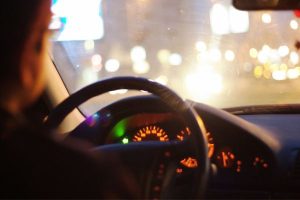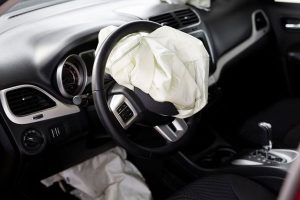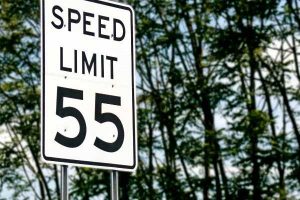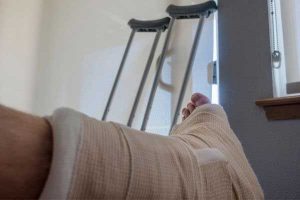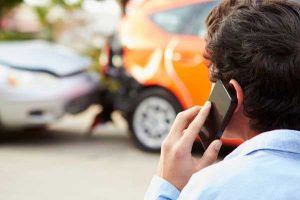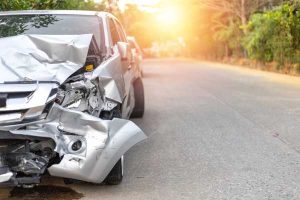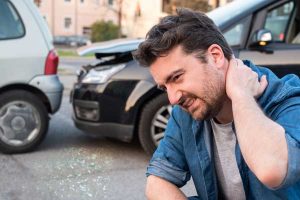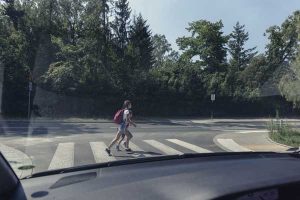Can Technology Help Win the Fight Against Drunk Driving?
 Despite all the driver education programs, the Drive Sober campaigns, and the strict penalties, drunk driving is still one of the leading causes of all traffic fatalities in the U.S. In fact, in 2023 DUI-related traffic accidents resulted in more than 13,000 fatalities, or 35% of all traffic-related deaths that year.
Despite all the driver education programs, the Drive Sober campaigns, and the strict penalties, drunk driving is still one of the leading causes of all traffic fatalities in the U.S. In fact, in 2023 DUI-related traffic accidents resulted in more than 13,000 fatalities, or 35% of all traffic-related deaths that year.
In another effort to crack down on this risky behavior, Congress passed an act last November that, in part, directs the National Highway Traffic Safety Administration (NHTSA) to draft new safety standards that would require future passenger vehicles be equipped with technology to detect alcohol levels and prevent drivers exceeding legal limits from starting their vehicle. The NHTSA has until this coming November to submit a final ruling, or reasons why it couldn’t, and is currently seeking input. To learn more, read “Will cars in the future be equipped with devices to prevent drunk driving? …”
 New Jersey Injury Lawyers Blog
New Jersey Injury Lawyers Blog



